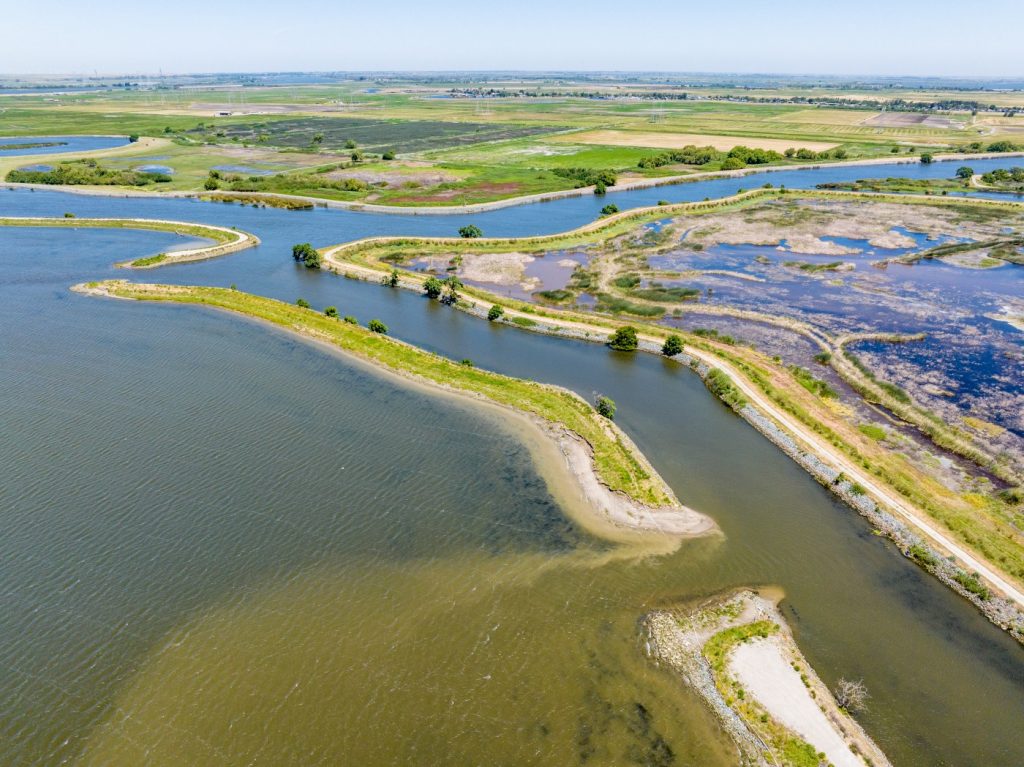Californians are blessed with a dazzling array of freshwater species. I should know: I’ve experienced much of this diversity firsthand while exploring the state’s mountains, rivers, lakes, valleys, bays and coastline.
As a child I spent so much time in the water that my family joked that I should be considered part frog.
I turned my passion for the natural world into a profession: as a trained biologist, I spent decades working for California’s Department of Water Resources. As its lead scientist, I grew to better understand the many challenges facing our waterways and the species that call them home. Working to improve conditions for these species has been the privilege of my life.
At the same time, I have witnessed startling and heartbreaking declines in native freshwater species. During my 30 years working on the Sacramento–San Joaquin Delta, I watched in dismay as an entire community of fishes disappeared, resulting in the listing of six different fishes (including the winter-run Chinook salmon) under the state and federal Endangered Species Acts.
We now live in a world in which a few extreme events — a few heat waves, or a major wildfire — could wipe some of California’s native freshwater species off the face of the planet. And climate change, which is moving faster than predicted, is making it even tougher to save these species.
Many ecologists, agency staff, and others have toiled for decades to improve conditions for California’s native species. But our efforts have not been enough. The window to save these species is closing faster than we’d like to admit. Despite many laudable programs and well-intentioned efforts, California lacks a full-fledged statewide strategy for conserving native freshwater species in the face of climate change.
That inspired a new report from the Public Policy Institute of California, detailing what’s needed to meet the moment. In the report, we explain why business as usual — or even done better — is unlikely to avert the worst impacts of climate change on our freshwater species.
California needs a new approach. We need to take risks.
Much of what we’re currently doing to improve aquatic habitat is essential to help species adapt to changing conditions. To be successful, we also need to greatly diversify our actions with bold new approaches.
It’s time to build a portfolio of actions to save these species.
This approach should move well beyond simply restoring habitat. Solely focusing on habitat has failed to aid California’s unique freshwater species, and the threats are growing with climate change. We need to use existing and emerging technology to support and supplement populations, restore connections to historical habitats and even to move species when it becomes necessary. And we need to take action to improve genetic diversity, an underappreciated but necessary ingredient for responding to climate change.
We also must be courageous enough to acknowledge that some species may disappear from their historic ranges, despite our best efforts. This is why there should be immediate investments in a historical conservation program that includes tissue archives, genetic libraries and seed banks of native species to facilitate future reintroductions.
Related Articles
AP analysis: US set a record for heat-related deaths in 2023
California legislators advance bills aimed at toxic chemicals, pesticides, lead
Plans to use sharpshooters from copters to kill Catalina Island deer are dropped
Iceland volcano erupts again, shooting lava into the sky
India’s capital breaks heat record, officials impose water rationing
Finally, climate-smart conservation planning needs to be embedded within all the many efforts underway to protect native freshwater species. Each action must not only help restore and protect biodiversity today, but also consider the future.
I have spent my entire life enjoying, studying and trying to conserve California’s remarkable freshwater species. I have seen firsthand how rapidly conditions are changing and how we are struggling to respond.
It will require bold new approaches in conservation and the courage to take risks to save this vital resource – not just for biologists like me, but for all Californians and for the generations to come.
Ted Sommer is a Public Policy Institute of California-CalTrout Ecosystem fellow at the PPIC Water Policy Center. He was previously lead scientist at the California Department of Water Resources. He wrote this column for CalMatters.


